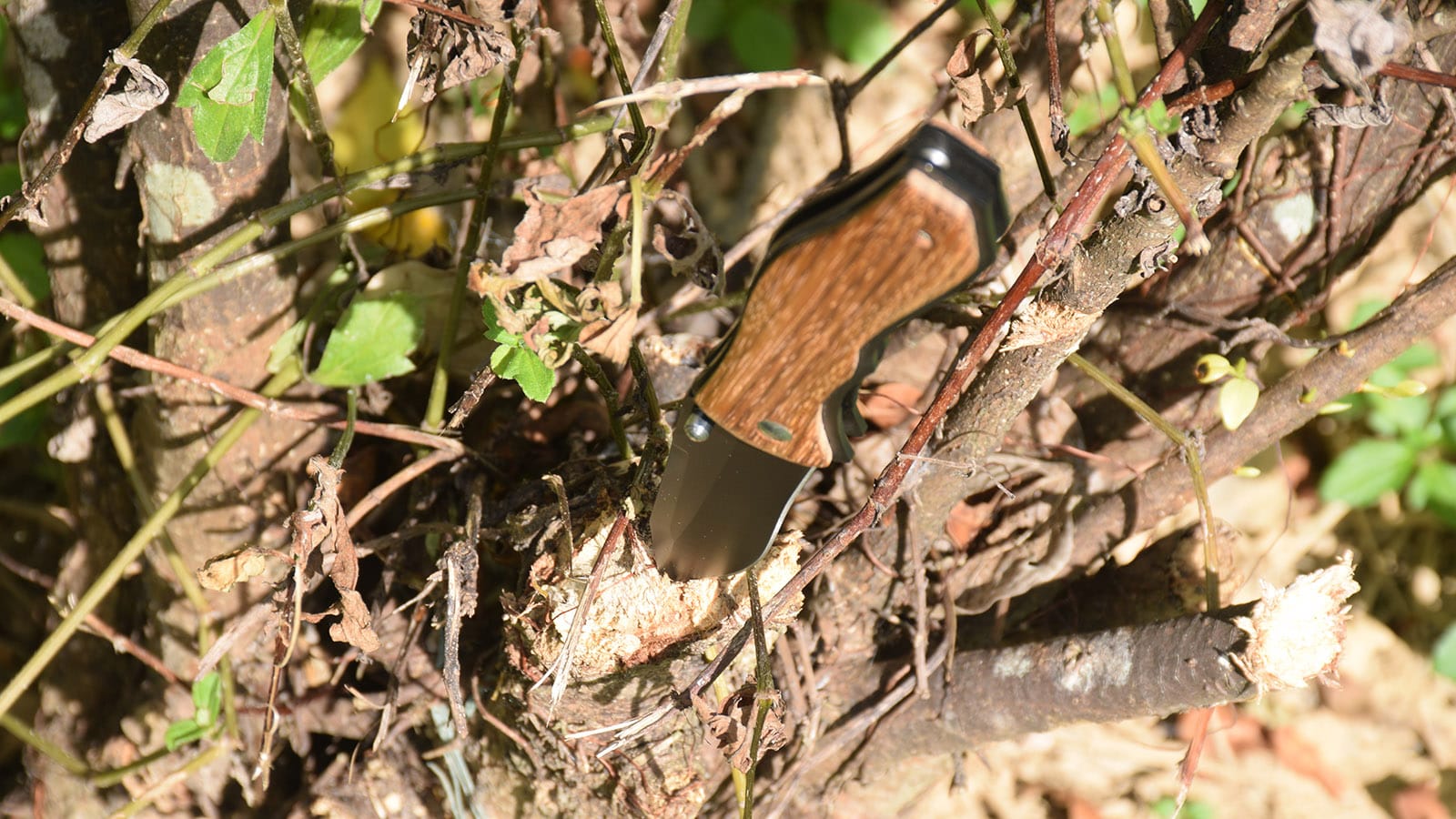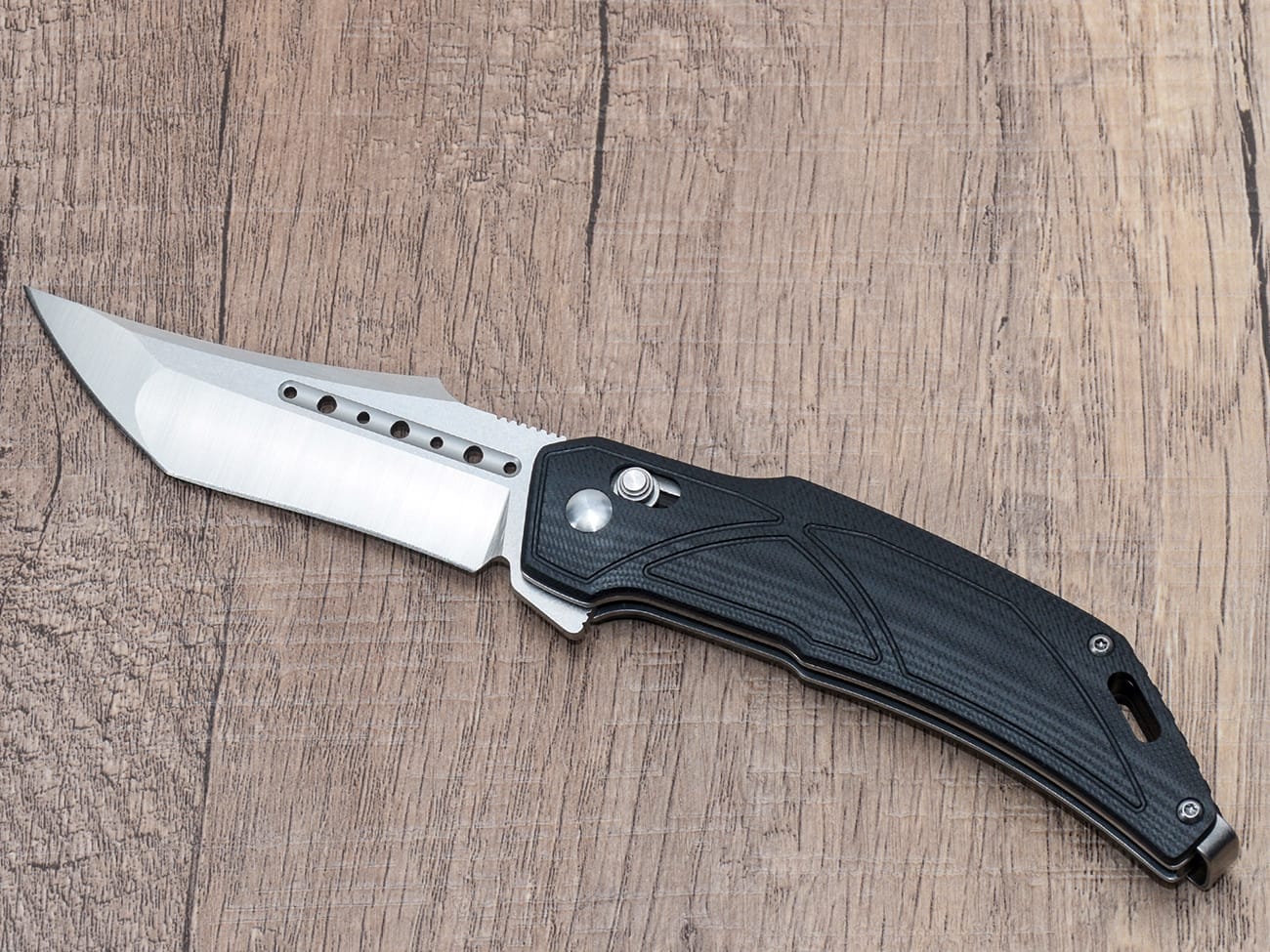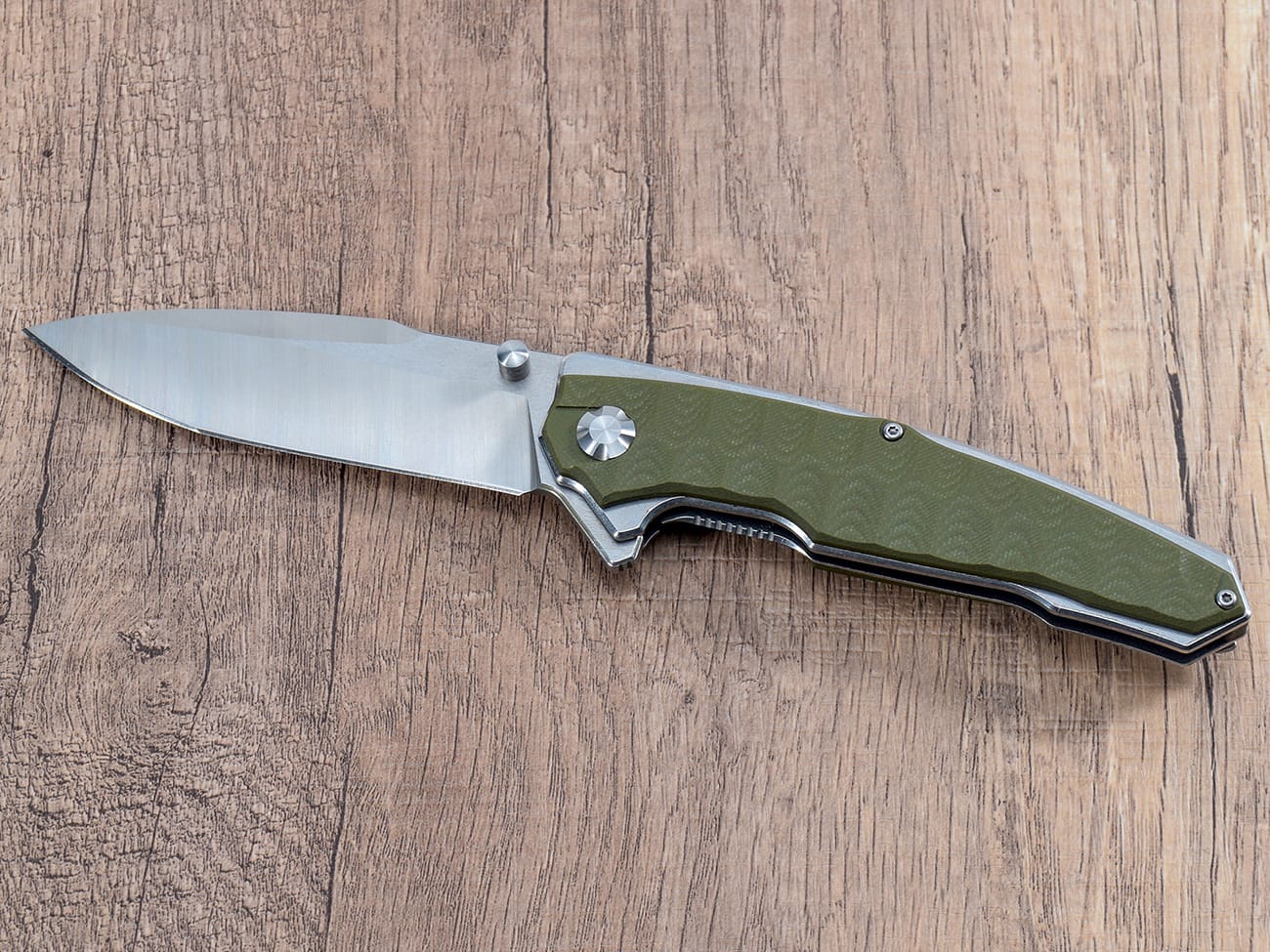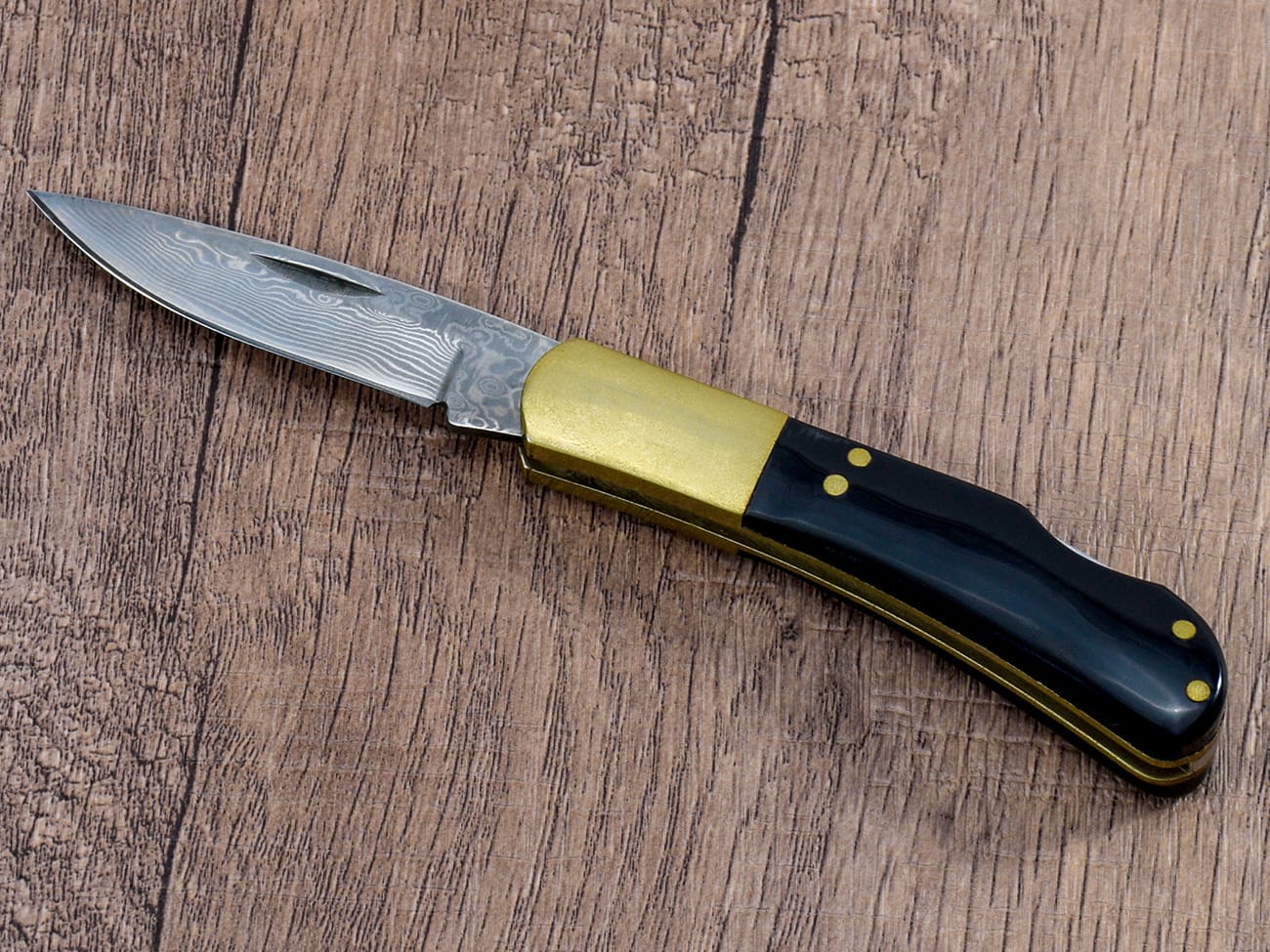Are you looking to give your trusty pocket knife a personal touch? Whether you want to refresh an old knife handle or customize a new one, painting your pocket knife handle can transform its appearance and protect it from wear. This comprehensive guide will walk you through everything you need to know about painting knife handles safely and effectively.
What Materials Can You Use to Paint a Knife Handle?
Before diving into the painting process, it’s important to understand which materials work best for knife handles. Here are the recommended options:
- Enamel paint
- Model car paint
- Spray paint designed for metal and plastic
- Bed liner coating
- Clear coat for protection
The type of paint you choose should be durable and compatible with your knife handle materials.
Why Would You Want to Paint Your Knife Handle?
There are several compelling reasons to paint your knife handle:
- Customize the appearance for personal preference
- Restore a worn or damaged handle
- Add grip texture with textured paint
- Protect the handle material from elements
- Make your EDC knife more visible with hunter orange or bright colors
How to Prepare Your Knife Handle for Painting?
Proper preparation is crucial for good paint adhesion and durability:
- Disassemble the knife if possible
- Clean the handle thoroughly with degreaser
- Sand the handle surface with appropriate grit sandpaper
- Wipe clean with solvent
- Apply primer if recommended for your paint type
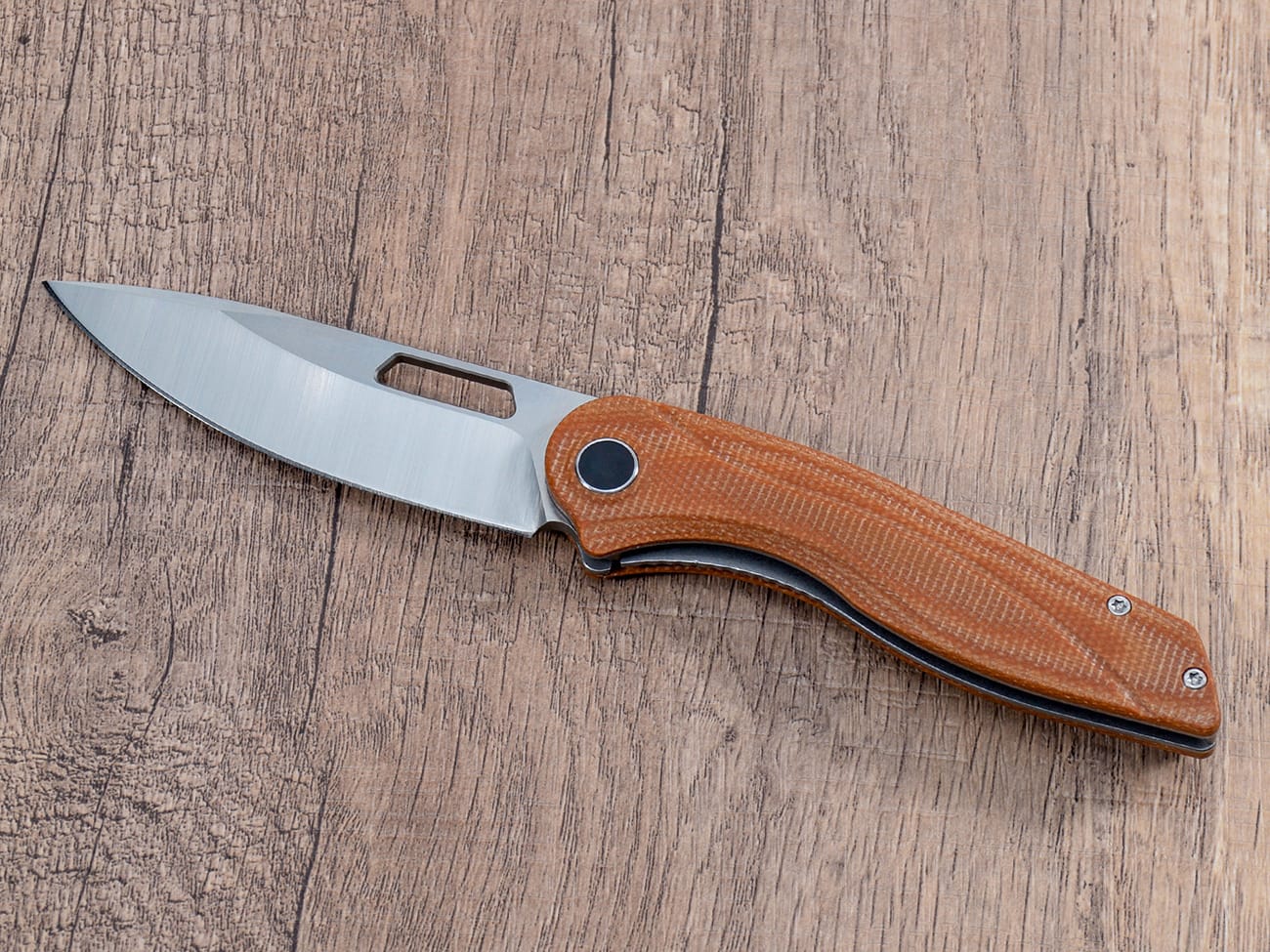
What Are the Best Techniques for Painting Knife Handles?
The painting technique depends on your chosen method:For spray paint:
- Apply thin, even coats
- Hold can 6-8 inches from surface
- Use steady back-and-forth motions
- Allow proper drying time between coats
For brush-on paint:
- Use thin layers
- Follow grain direction
- Allow complete drying between coats
- Consider multiple thin coats for better durability
Common Mistakes to Avoid When Painting Knife Handles
Be aware of these potential pitfalls:
- Skipping proper surface preparation
- Applying paint too thickly
- Not allowing adequate drying time
- Failing to protect the blade during painting
- Using incompatible paint types
How to Protect and Maintain a Painted Knife Handle?
After painting your folding knife, proper care is essential:
- Apply clear coat for extra protection
- Allow full cure time before heavy use
- Clean with mild soap and water
- Avoid harsh solvents
- Touch up scratches promptly
Will Painting Affect the Knife’s Warranty?
Important considerations regarding warranties:
- Most manufacturers void warranty if modified
- Check warranty terms before painting
- Consider professional coating services
- Document knife condition before modification
What About Alternative Handle Customization Methods?
Besides paint, consider these options:
- Leather dye for natural handles
- Hydro dipping
- Handle replacement
- Professional Cerakote coating
- Custom handle materials
Safety Considerations When Painting Knife Handles
Keep these safety tips in mind:
- Work in well-ventilated areas
- Wear appropriate protective gear
- Keep paint away from blade edge
- Follow paint manufacturer guidelines
- Store materials safely
How Long Will a Painted Knife Handle Last?
Durability factors include:
- Paint type used
- Surface preparation quality
- Usage conditions
- Maintenance routine
- Environmental exposure
Key Takeaways:
- Proper preparation is crucial for paint adhesion
- Choose appropriate paint for your handle material
- Multiple thin coats provide better durability
- Clear coat adds protection
- Regular maintenance extends paint life
- Consider warranty implications
- Safety should be priority
- Professional options available for best results
Remember, painting your pocket knife handle is a great way to personalize your everyday carry tool, but it requires patience and attention to detail for the best results.

